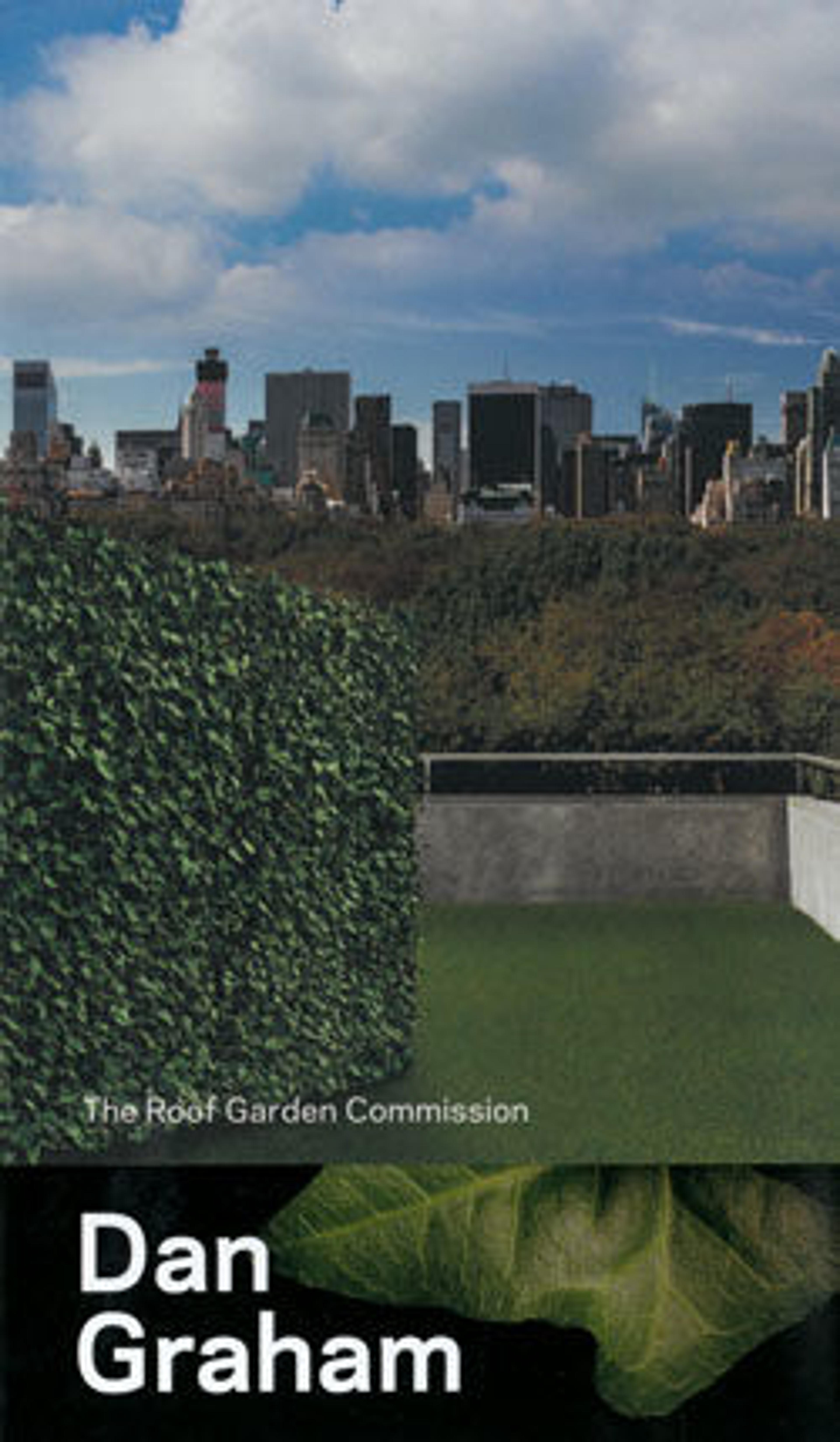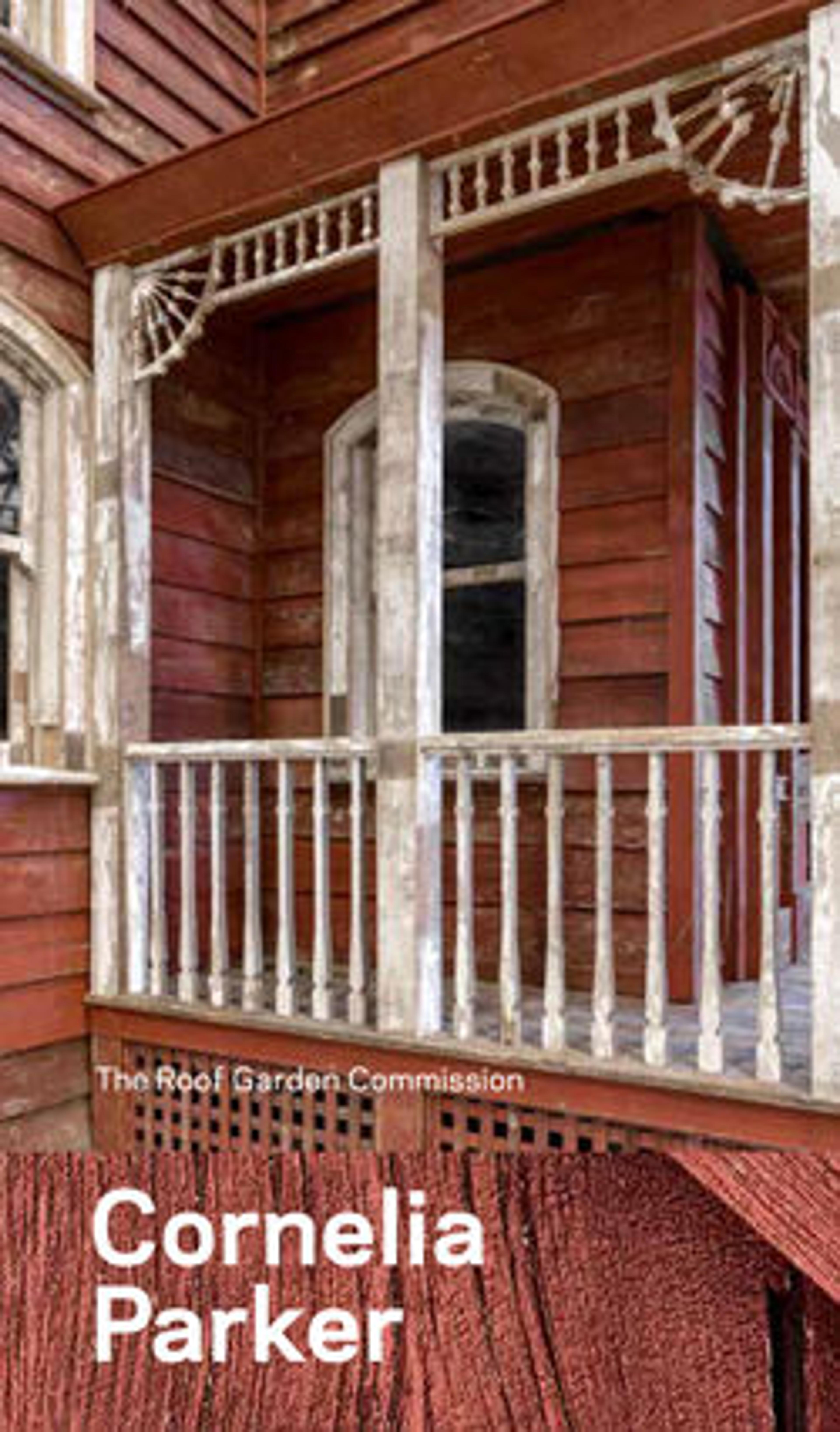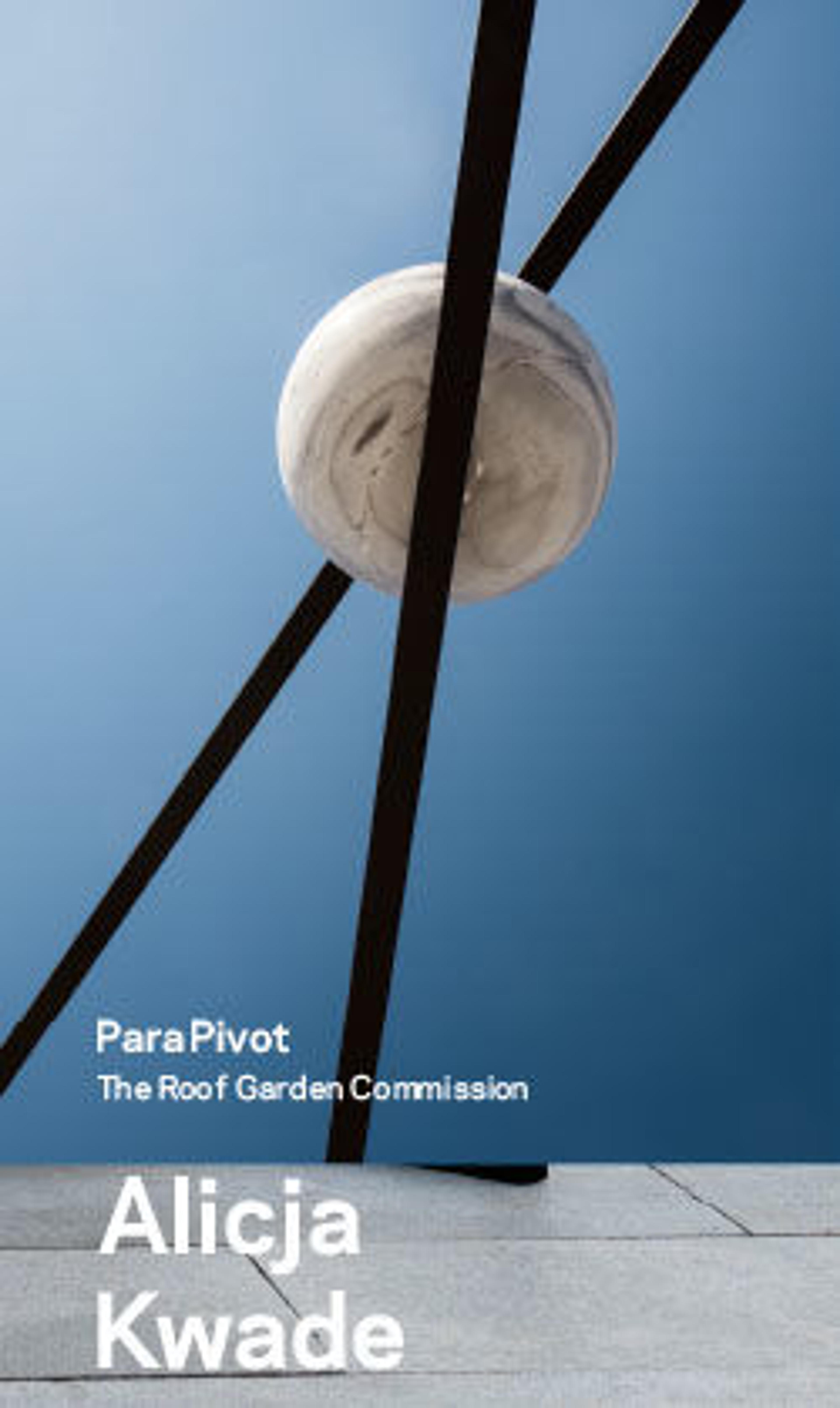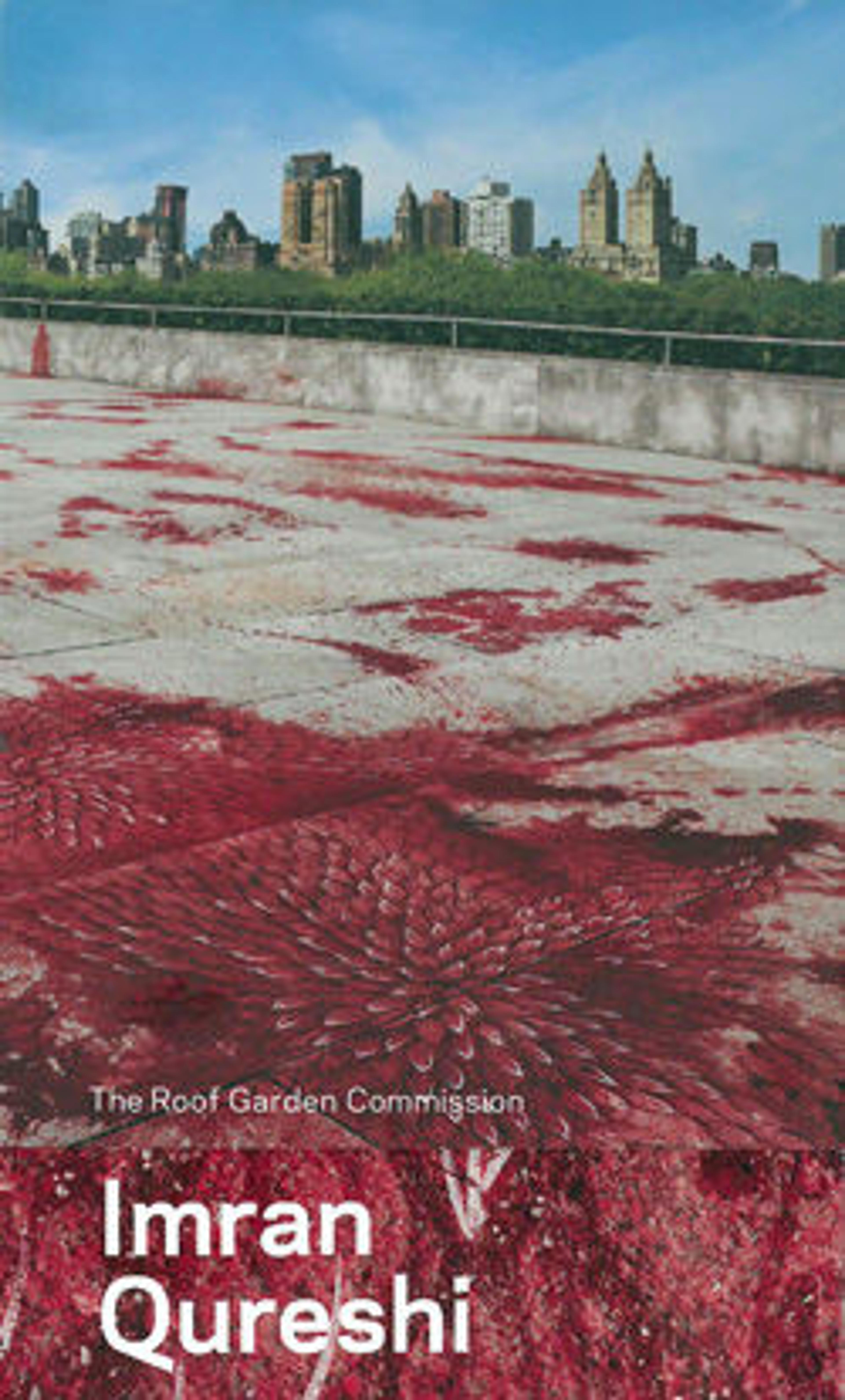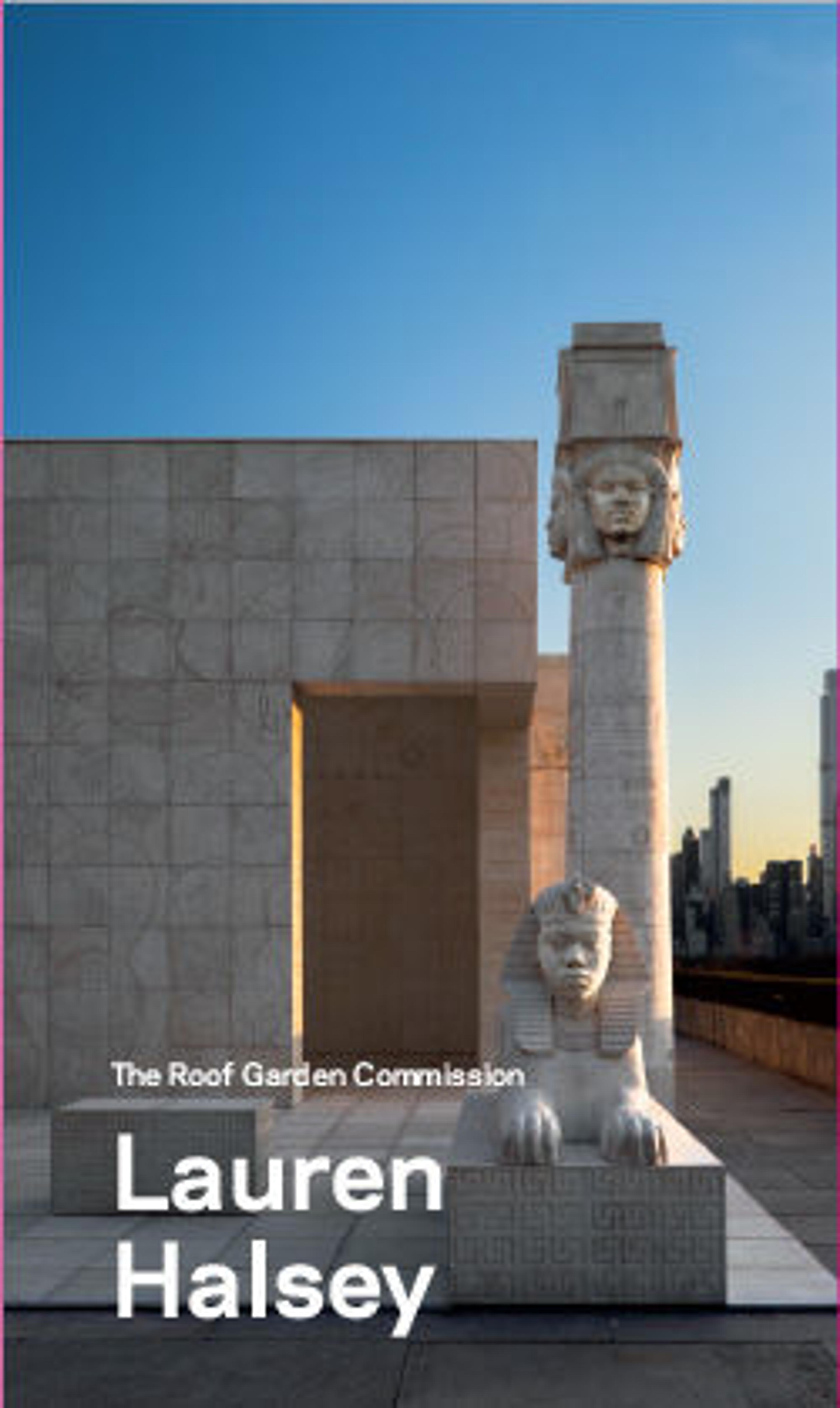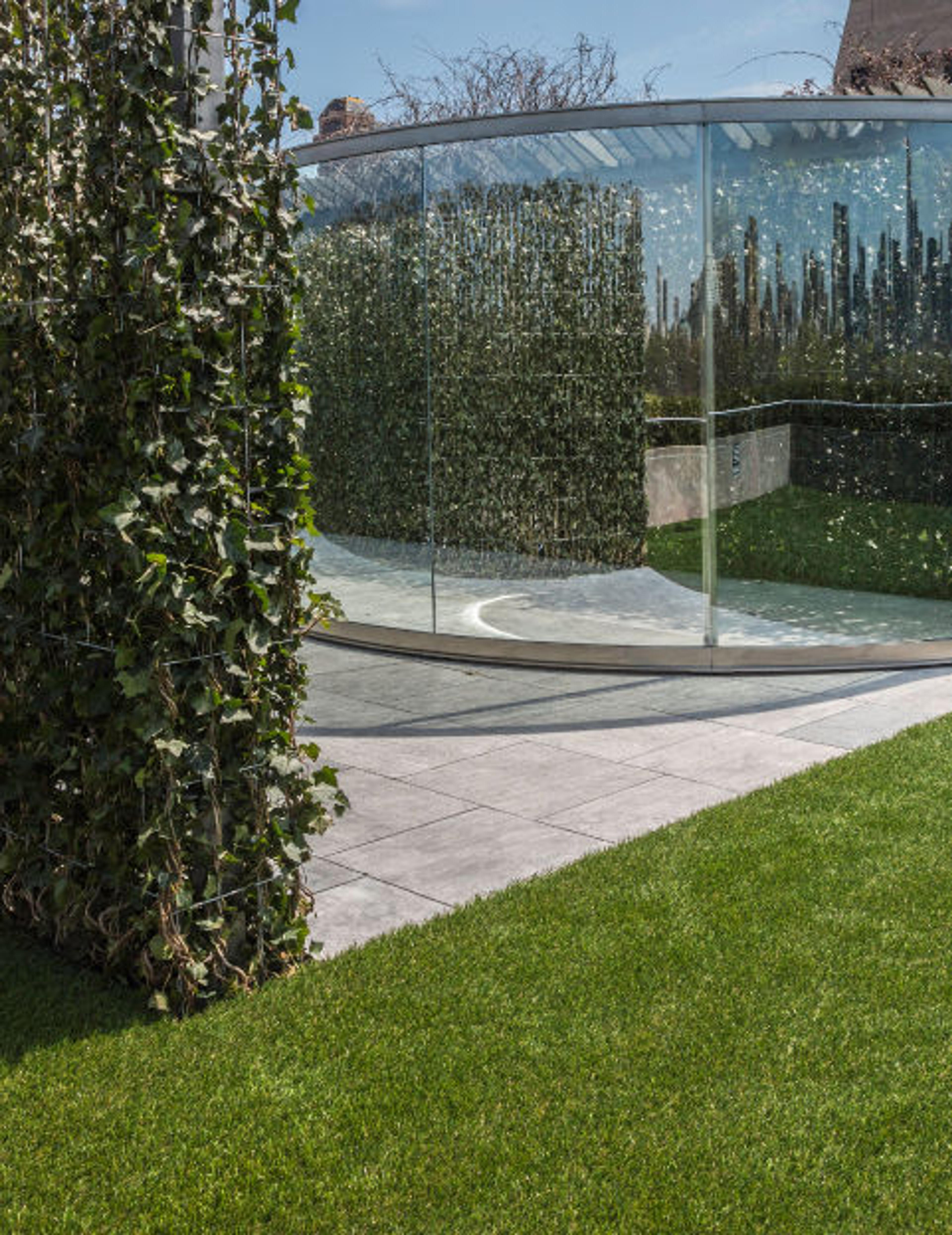
The Roof Garden Commission: Dan Graham
Throughout his career, multimedia artist Dan Graham has examined the symbiosis between architectural environments and their inhabitants, particularly in his pavilions made of glass and mirrors. Graham's new installation, created for the roof garden of The Metropolitan Museum of Art, addresses current issues about suburban psychology and political surveillance. The work combines landscaping, hedges, and two-way mirrors to create a provocative, immersive experience for viewers. This creatively designed publication includes an insightful interview between the artist and Sheena Wagstaff and focuses not only on Graham’s latest commission but also on his previous landscape-oriented installations, providing a focused, fascinating study of one of today’s leading contemporary artists.
Met Art in Publication
You May Also Like
Press the down key to skip to the last item.
Citation
Graham, Dan, Günther Vogt, Ian Alteveer, Sheena Wagstaff, Ann Blood, and Metropolitan Museum of Art, eds. 2014. Dan Graham - the Roof Garden Commission: ... Publ. in Conjunction with “The Roof Garden Commission: Dan Graham with Günther Vogt”, on View at The Metropolitan Museum of Art, New York, from April 29 through November 2, 2014. New York, NY: Metropolitan Museum of Art [u.a.].
